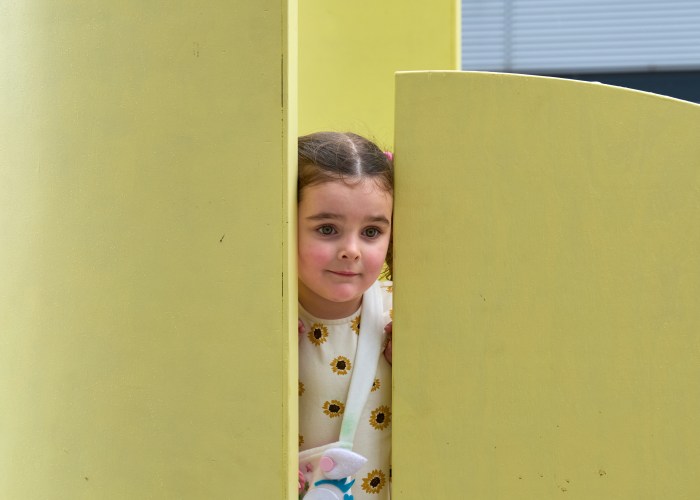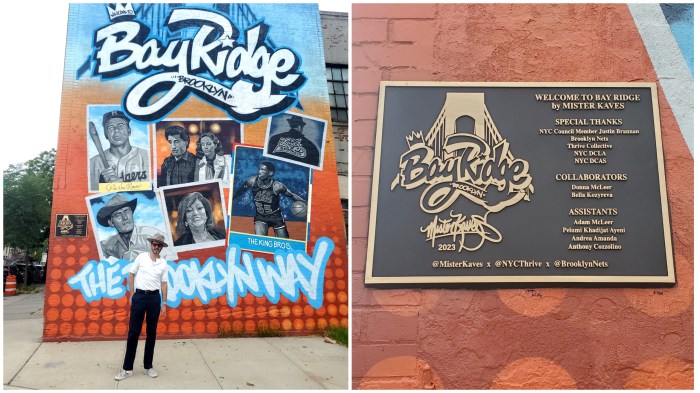Businesses on 86th Street think they can use the power of the sun to help keep their street clean.
The 86th Street Business Improvement District has installed a pair of solar-powered trash compactors near Fourth and Fifth avenues as a high-tech — and costly — solution to trash problem that intensified when the city severely cut public trash pickups last year.
The businesses hope to cut down on the amount of bags needed take away trash collected by street cleaners whom the BID has hired to keep the avenue free of litter.
“We have private contractors sweeping the street from 7 am to 7 pm,” said John Logue, president of the BID and owner of Hinsch’s on Fifth Avenue near 86th Street. “By the end of the weekend, the corners are loaded with garbage in bags that the guys have swept up.”
By using the compactors, which cost $4,000 each, “instead of having 10 bags on every corner, were hoping to have two bags,” he said.
The cans, called “Big Bellies,” use solar power to squash garbage. A sensor detects when the packed trash reaches the top and sends an e-mail to its owner that it’s time to change the basket.
Big Bellies are popular in Philadelphia, but they haven’t caught on here — partially because the city says they don’t work.
Department of Sanitation spokesman Matthew LiPani told us last month that people were confused by the bins when the city tested them in other parts of the borough.
“People weren’t sure what to make of them,” he said. “Some even thought it was a mailbox.”
But the neighborhood so far seems to like them.
“I would love to sponsor one,” said Justin Brannan, who owns a children’s art school on Third Avenue near 87th Street. “Not sure how glamorous or enticing having your name or business emblazoned on a garbage can would be to most folks. But it could be a good way to raise funds to get a few of them strategically installed around the neighborhood.”























